|
On most people’s bucket lists is visiting an exotic location or a Michelin-starred restaurant. The Michelin guidebook has been luring hungry travellers to fine dining establishments for over ninety years. Michelin invokes the feeling of being transported to the annual Academy Awards, a billionaire playground, or a chance to meet a celebrated MasterChef. Visiting one or more of these restaurants worldwide is a pleasure and a panic! Why? Being confronted with different types of cutlery, glasses or a modernistic table setting. On the outside, you may be smiling, but hell has broken loose on the inside. Here is a succession of tips and tricks to keep you looking like-you-know-what-you-are-doing and looking sophisticated while you dine. How Does Michelin Dining Work? Restaurants such as Sukiyabashi Jiro, Tokyo, Japan or Talula’s Table, Pennsylvania, USA, are so heavily booked that there is a waiting period of months, not days, for your reservation. Today many restaurants will have an online or call-in service to book a table. Do this in advance rather than chancing it and turning up expecting a table is magically made available for your party of five. Just remember, if you are with Lady Gaga, perhaps a table will be whisked out of nowhere and placed in the best part of the restaurant. A good restaurant in the booking phase will ask about allergies, most importantly. Address staff by their name– famous author Dale Carnegie stated that “a person’s name is to him or her the sweetest and most important sound in any language.” Why not use your maître d’ and server's name to get that extra service? When someone uses my name, I feel elated and want to go out on a limb for that person. Adding to the ambiance, dressing appropriately for fine dining shows respect for the establishment and the experience. It doesn't have to be stuffy suits and ball gowns every time. However, aim for a polished look. The key is to look put-together and avoid overly casual attire like ripped jeans or t-shirts. Remember, feeling confident in your attire allows you to fully relax. What is Luxury Dining? A casual dining restaurant generally will be a large room or two, and upon entry, you will pass an exposed cash register with the kitchen behind and a restroom not too far away. Purpose-made restaurants will have an entrance where the maître d’ will meet you with a cloakroom and a small reception desk as you walk in. Casual dining, you will be seated straight away with a drinks order taken; conversely high-end dining, you may start your journey at the bar and given a menu to peruse before being escorted to your table. Once seated, in your casual dining experience you may be confronted with paper serviettes neatly squeezed into a stainless dispenser. Nothing shouts ‘luxury’ as a crisp, starched linen napkins! Once seated swiftly take the napkin from the place setting, unfolding without showing other diners you have attended ‘Running Of The Bull's’ in Pamplona, Spain, sliding it on your lap with the crease facing your stomach area. Your server may give you slices of bread or rolls. This is not the time to fill yourself up on bread and butter or make a sandwich. A good restaurant will have a plate relegated for this crusty item. The etiquette for bread is that it should never leave the plate instead of breaking bread as you butter each piece with your fingers, which is the only time to handle food without cutlery. Silverware should be used correctly when dining in casual or high-end restaurants. For flawless service, your server should pair the correct silver to your selected menu. If you have chosen steak, a steak knife will accompany. Crab - seafood pick, oyster – an oyster fork will be added to your setting. To Michelin Or Not To Michelin How does a restaurant become listed in the Michelin Guidebook? A team of inspectors book anonymously and follow a comprehensive list of topics from the client to the culinary experience. After the field test, these incognito inspectors gather to present their findings as well to consider who will be awarded a Michelin Guide star rating: One star: A very good restaurant in its category. Two stars: Excellent cooking, worth a detour. Three stars: Exceptional cuisine, worth a special journey. Sorting Out the Sommelier Many start hyperventilating and want to hide under the table when a sommelier walks by, believing that the restaurant has employed them to upsell. Fine dining establishments will have trained wine professionals whose only job is to, advice and serve on the wine selection. Next time you dine, why not test out your sommelier's knowledge and give them your guidelines to what you enjoy and meet in the middle? Researchers have discovered that a glass's shape can enhance the wine's aroma and taste. Glasses created for red wines are usually more giant bowls to help oxidise the wine at room temperature. White wines have a smaller bowl for the oxidation to happen at a slower rate. The champagne flute assists in keeping the bubbles from escaping. Always hold the steam at the bottom away from the glass bowl to keep your wine from heating up. Suppose you are wearing lip balm or lipstick, it’s advisable to keep drinking from one area rather than leaving a ring of makeup for fellow dinners to view. The recommendation is still water between courses to neutralise your palette in readiness for the next class and pairing. For a more detailed wine glass guide, go to Riedel. Differences Between Casual and High End Dining The chef’s pride and joy is the menu; it is the culmination of blood, sweat and tears of practice, experience and know-how presented in several ways: full course menu, menu degustation with an accompanying wine menu. Smaller restaurants serve all year-round menus without many changes. Those reaching for perfection choose seasonal produce, variety and creativity. A fine dining situation, staff dressed in crisp white or black (to blend in) will be trained to flawlessly explain each dish if asked. Menus can come in all ways of presentation, laminated, and with all the paper real estate taken up. Top-notch chefs will think about the menu layout, dish description, and cooking technique with a suggestion of wine paring, finishing it with sleek minimalism. I have seen many different ways diners have handled a menu, such as the ‘FBI secret service’ look, where diners ensconce themselves behind the whole menu or use it as a fan and wave to staff to get their attention or bend right over as though looking through their uncles ‘last will and testament’. The right way is to prop the menu on the table's edge while reading. It will be the same method as placing your wrists, not your elbows! When your food is plated, chefs can go to extraordinary lengths to get the plating and presentation ‘right’. With casual dining, it’s a case of the ‘Yotam Ottolenghi’ style plating. How will you handle your plate if there are bones or pips? You place this neatly in the upper left-hand part of your plate, keeping the rim food-free so your server can handle your finished dish without it flying out of their hands onto the manicured floor. Hollywood has immortalised the scene where a customer in a restaurant chastises the server, and staff go running scared, bending backwards to keep the client happy. Today it's a different story, there are many ways to be 'heard'. Most immediate complaints, such as discovering an unknown object in your food, just catch the eye of your server and explain quickly and politely for a replacement meal. If you feel the need to provide 'feedback' to the restaurant, please send an email. You never want to end up as the food critic in a deleted movie scene in 'Burnt' featuring Bradley Cooper. As the owner and chef, he calmly folds up the tablecloth and takes away all plates, drinks and food in front of uptown clientele, telling him to apologise and go elsewhere! Ouch!! Key Takeaways
In the Michelin Guide you will find many restaurants that challenge the way you view food including the way you eat it to enhance the dining experience. Many chefs transport you for a few hours to table that is laden with new and modernistic implements and plateware such as Restaurante Andreu Genestra in Majorca, Spain, using farm tools to serve food or Ultraviolet in Shanghai, China employing multi-sensory technology whilst you eat. The best way to know how to use these fancy items is to research….stalk like you would stalk a new-years sale. Look at photos on Instagram, Google, use the hashtag. The internet is littered with trillions of photos and you will soon see what to do, making you look like a pro.
0 Comments
Leave a Reply. |
AuthorElizabeth Soos Archives
August 2025
Categories |
|
CONTACT US Submit Your Enquiry |

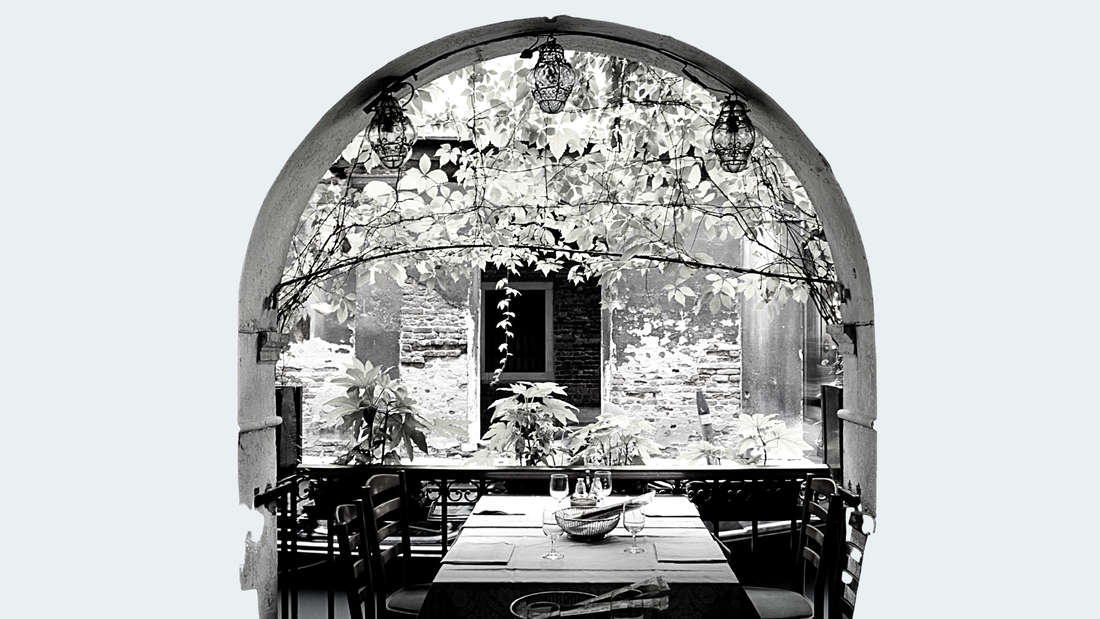
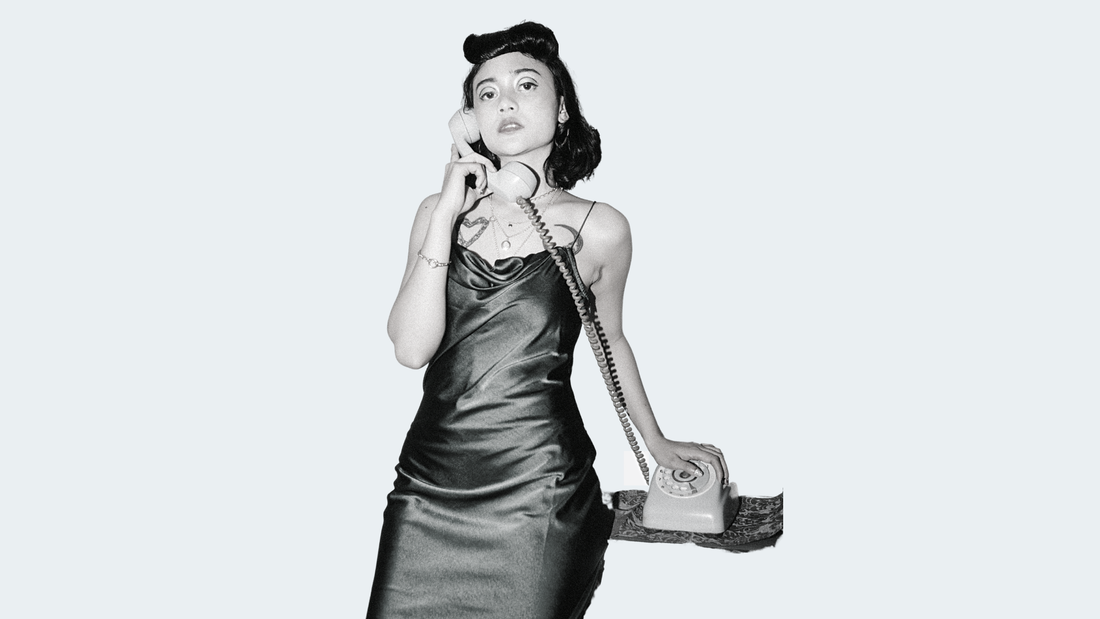
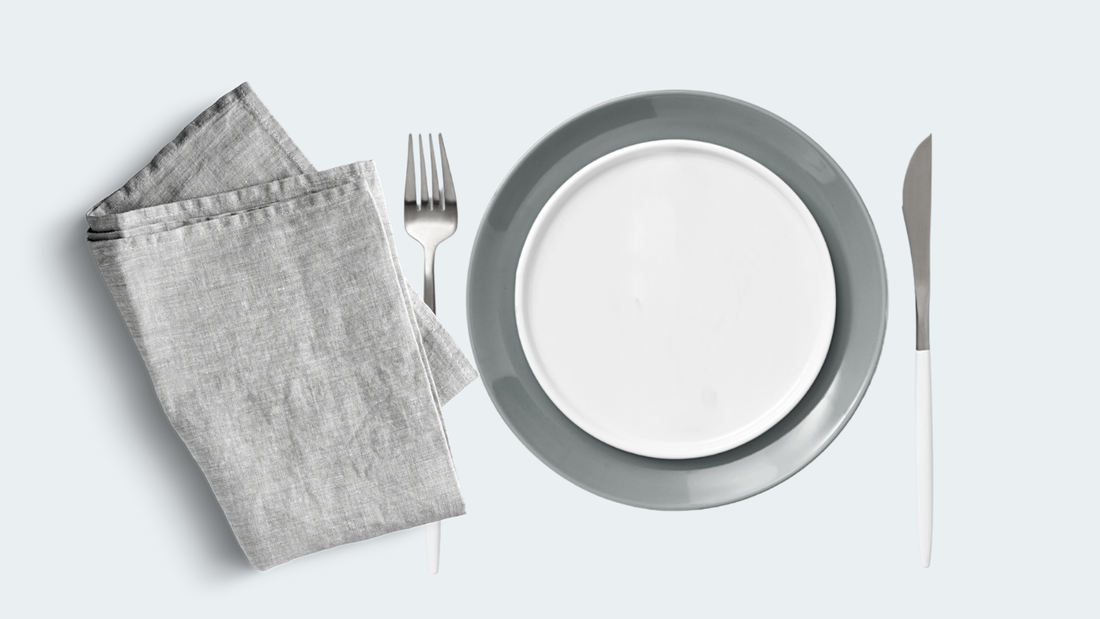
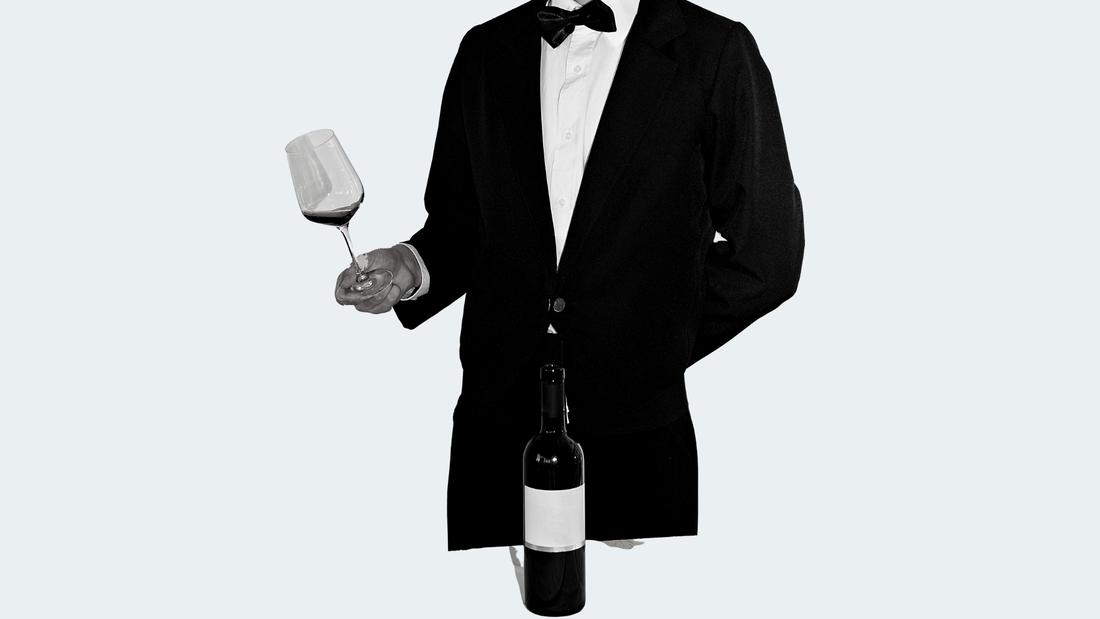
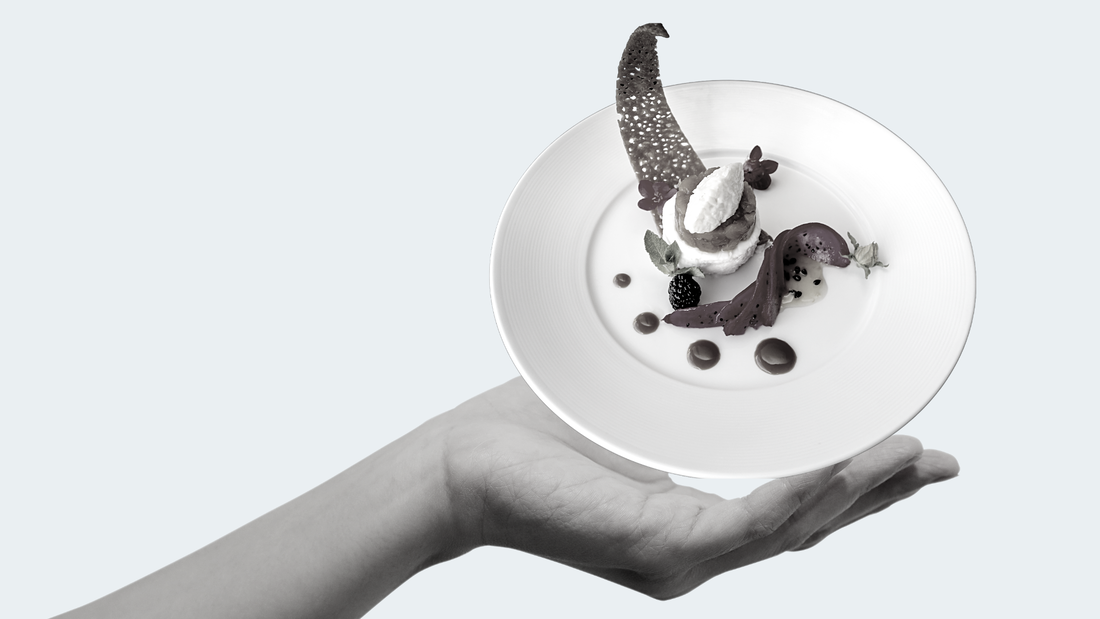
 RSS Feed
RSS Feed

